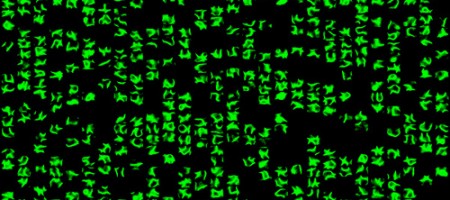“Diversity” has become a managerial directive for the twenty-first century university in the United States. In its endless pursuit of diversity, the contemporary academy has required faculty, staff, and administrators to perform diversity work, marshaling the labor of employees to undertake diversity initiatives, often in addition to their stated job descriptions. Participating in diversity work is a trap into which those whose work is guided by an ethical commitment to communities underrepresented in academia and those who belong to these communities risk falling. This phenomenon has a long history, reflecting a tradition of activism performed by people of color, women, and LGBTQ scholars who have demanded that the scholarship of their communities be taken seriously as “academic.” Yet, the advent of social media has added new dimensions to this labor.
As such, what I term “digital carework” has become essential to academic labor. Digital carework, in this instance, is a form of affective digital labor that relies on the deployment of affect through digital media to remediate inequalities within higher education. It ranges from managing affect in the production and distribution of scholarship to providing emotional labor to fellow colleagues and students in response to the challenges faced by those who engage in “diversity work” (Ahmed, 2012). Digital carework around diversity has played a visible role in digital humanities, in which I situate my scholarship. This particular form of digital carework illuminates the confluence of affective and digital forms of labor that are essential to diversity initiatives in the neoliberal university. As in other areas of higher education, this labor preys on the optimism of early career scholars, typically women, people of color, and LGBTQ scholars, or a combination thereof. They undertake diversity work and the digital carework it requires through both explicit and implicit direction from universities and scholarly communities.
Read full article here.

